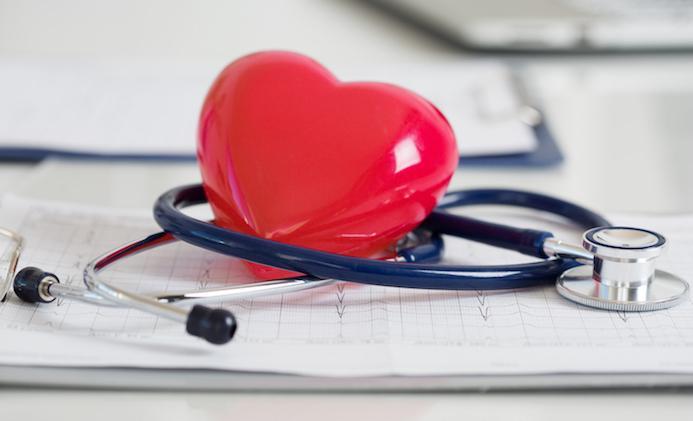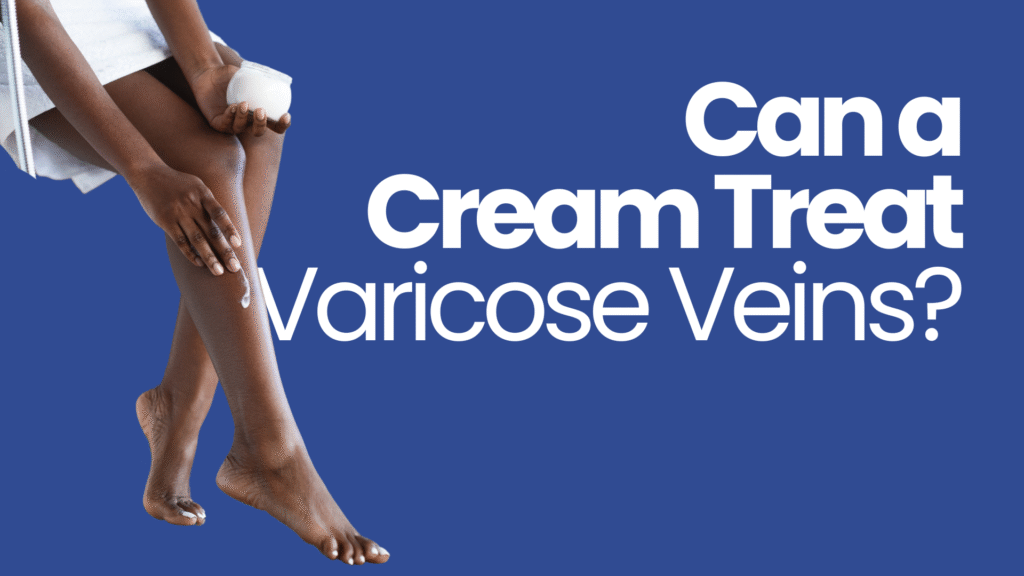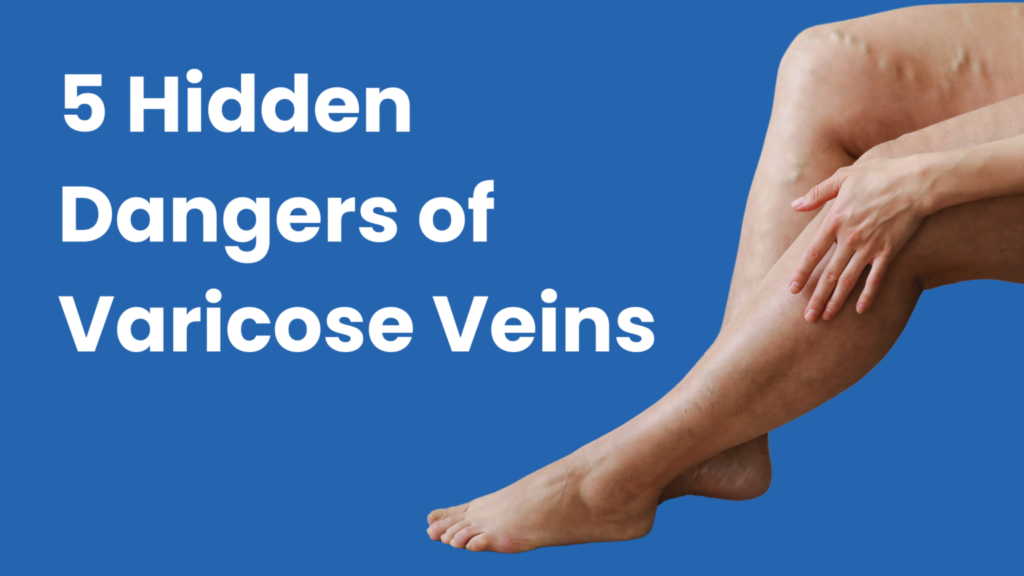As we head into a new year, many Americans make resolutions, and health and wellness efforts top many of these lists.
As heart health experts, Dr. Ariel Soffer and the team here at Soffer Health Institute want to point out that a great place to start is to focus on your cardiovascular health. Without a healthy heart, wellness is tough.
To illustrate this last point, consider that heart disease is the leading cause of death in this country across the board, no matter your sex or ethnicity. In fact, a person dies every 33 seconds from cardiovascular disease.
And if you consider a recent report by the American Heart Association that estimates around 45 million people will have cardiovascular disease by 2050, it’s a good idea to act now.
With that in mind, here are some great strategies for boosting your cardiovascular health to improve your overall health and wellness.
Table of Contents
Toggle1. Cut back on sugar
We talk a lot about fats being the villain when it comes to your cardiovascular health, but we’re seeing big value in cutting back on sugar. Too much sugar can not only cause you to gain weight, but leaves you open to serious diseases, such as diabetes.
A sugary diet raises your risk for heart disease, high blood pressure, and high triglycerides, and also leads to body-wide inflammation, which can exacerbate other health issues like arthritis.
So, if you were to make one dietary change this year, we’d like to make the case for cutting back on sugar. And, remember, sugar comes in many forms and not just in sweet desserts. Watch out for other foods like sugary cereals, flavored yogurt, and sweetened beverages. And remember that refined white carbs, such as pasta, have the same effect on your body as sugar.
So, cut back on the sweets, yes, but also switch to whole grain breads and pastas.
2. Make exercise fun
The two-part equation for cardiovascular health is diet and exercise. We know it’s overly simple to say, “Exercise more,” so let’s approach it from another angle.
For example, you can make this year the one you take up a new activity. Grab a friend and go for a walk once a week. Join an introductory yoga class online. Enroll in pickleball classes. These are all ways to get some exercise while having fun.
Our point here is that exercise doesn’t mean you have to sweat it out at the gym, though this is not a bad approach. If you make exercise fun, you’re more apt to get out there, and each time you do, you’re doing your heart a big favor.
3. Find ways to destress
Nearly half of the adult population in the United States has high blood pressure, which is the most common type of cardiovascular disease. While diet and exercise can certainly help lower blood pressure, finding ways to destress can also make an improvement.
Here are some tips for de-stressing, and many cross over with some of what we outlined above:
- Try deep breathing exercises — inhale through your nose for 4 seconds, hold for a second or two, and exhale through your mouth for 6 seconds
- Go for a walk
- Listen to music
- Meditate
- Spend time with friends
- Turn off your technology (and the news)
- Take a long bath
You know what can get your heart rate down and calm your body and mind, and we urge you to carve out dedicated time to relax and destress.
4. Know your baseline
This last tip is important: Get a baseline of your cardiovascular health. Some of the more serious cardiovascular issues — such as, hypertensions and high cholesterol — don’t have any symptoms until it’s too late and you have a heart attack or stroke.
So, come see us for a cardiovascular evaluation so we have a baseline to work from, which helps us figure out what goals you should reach for better heart health.
To get started, please contact one of our offices in Weston or Hollywood, Florida, to set up a consultation.



